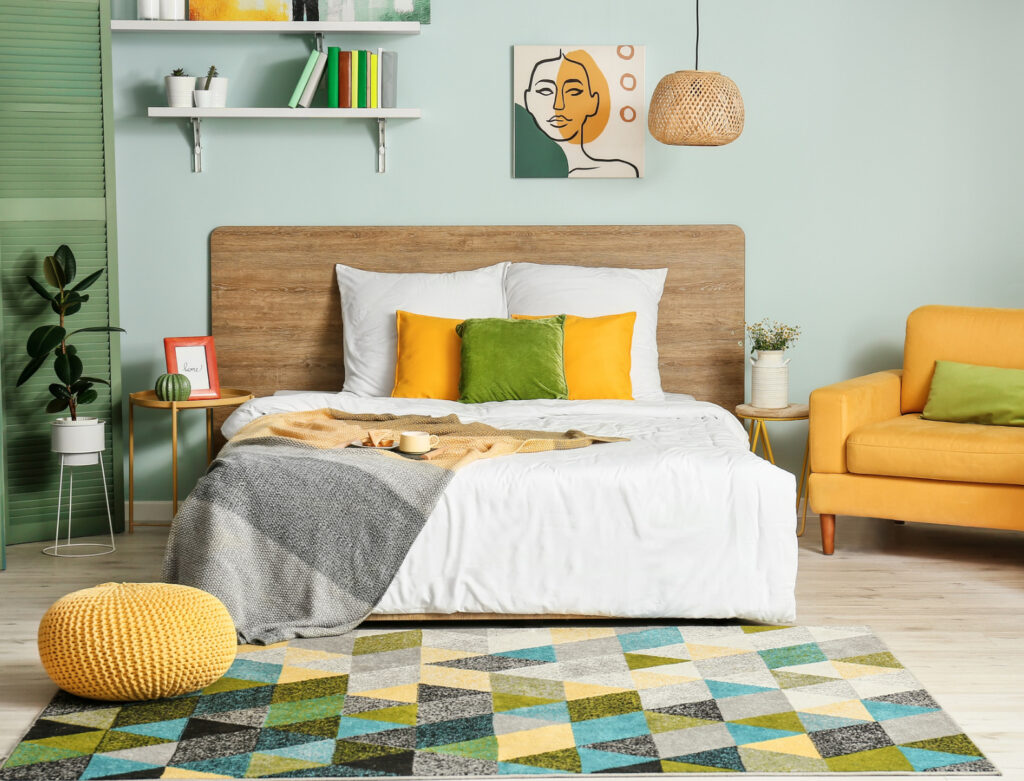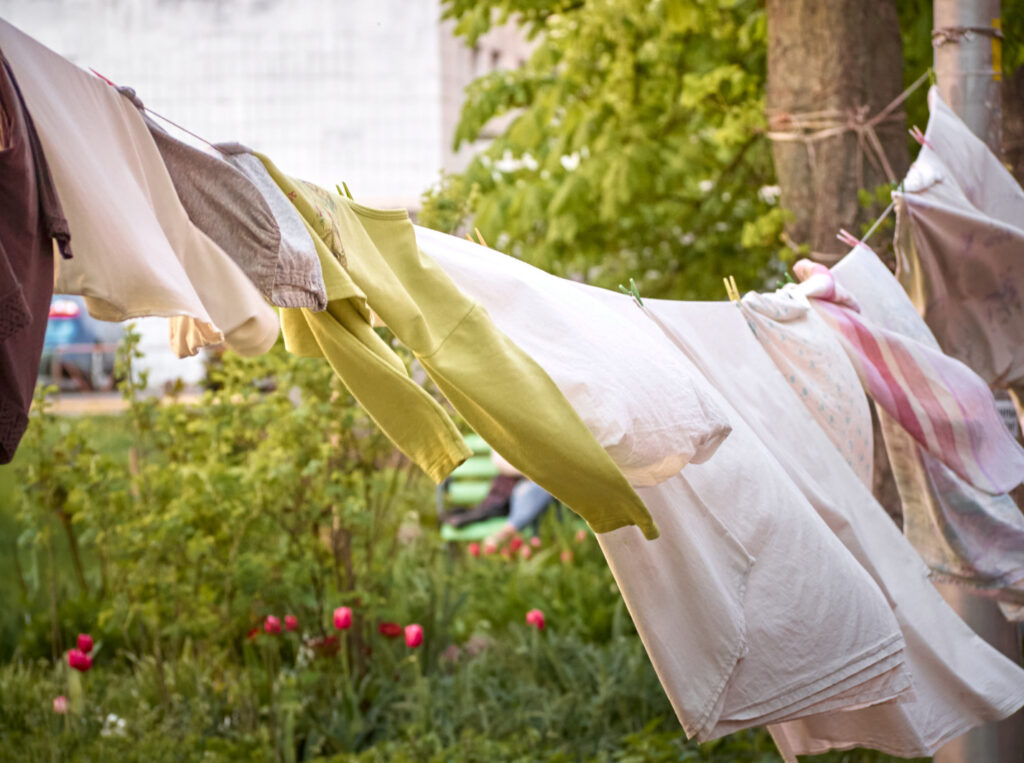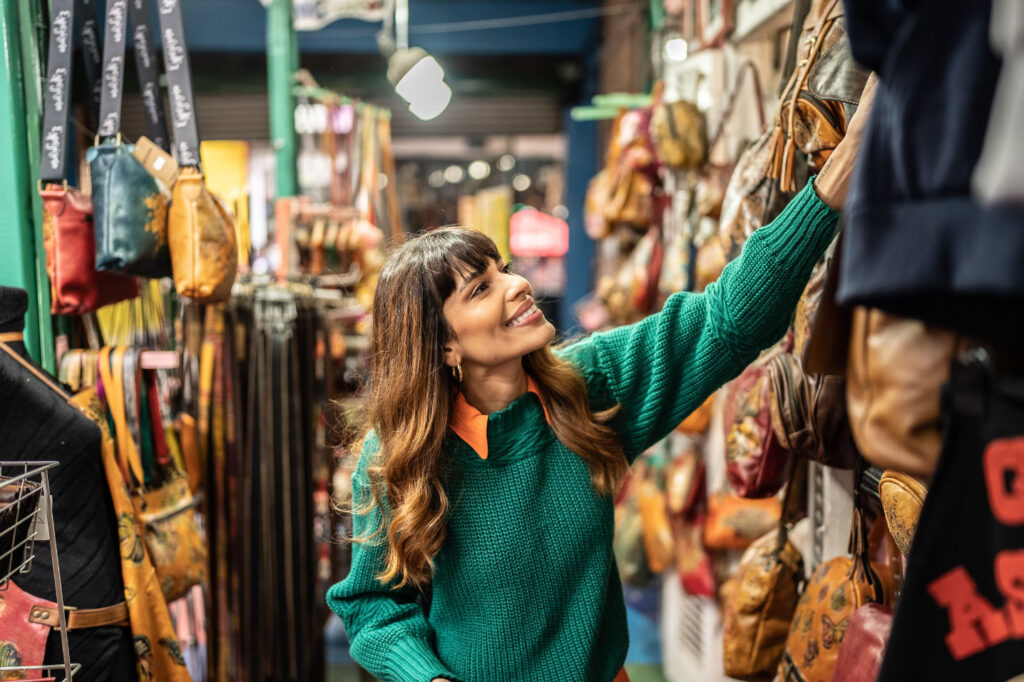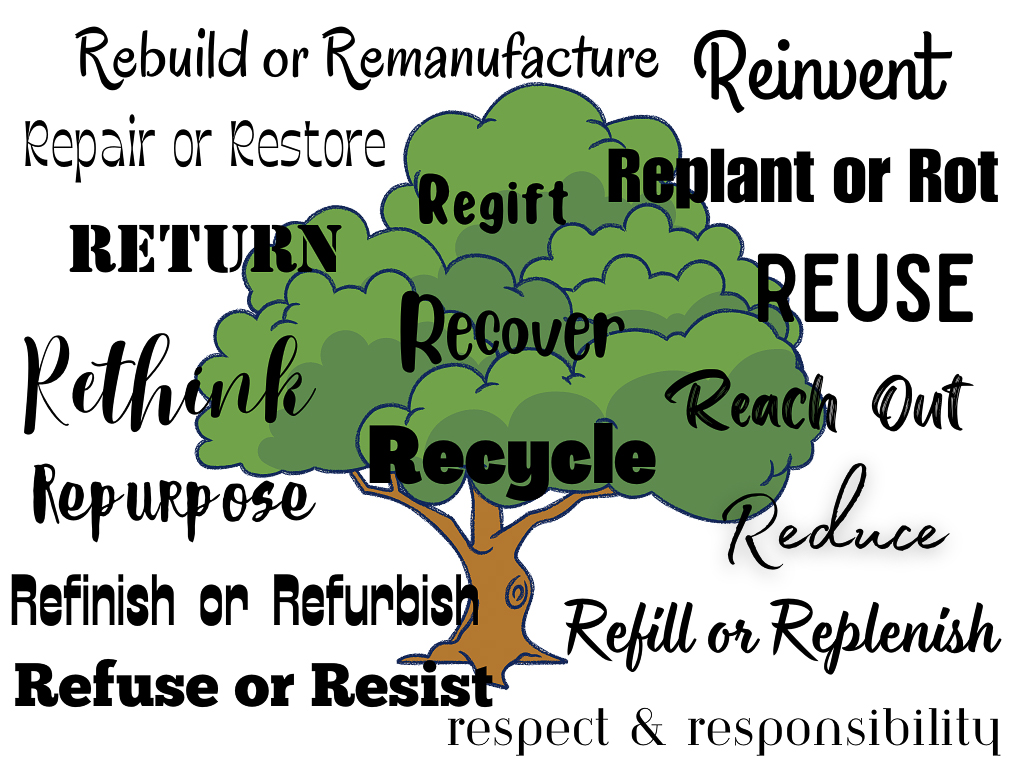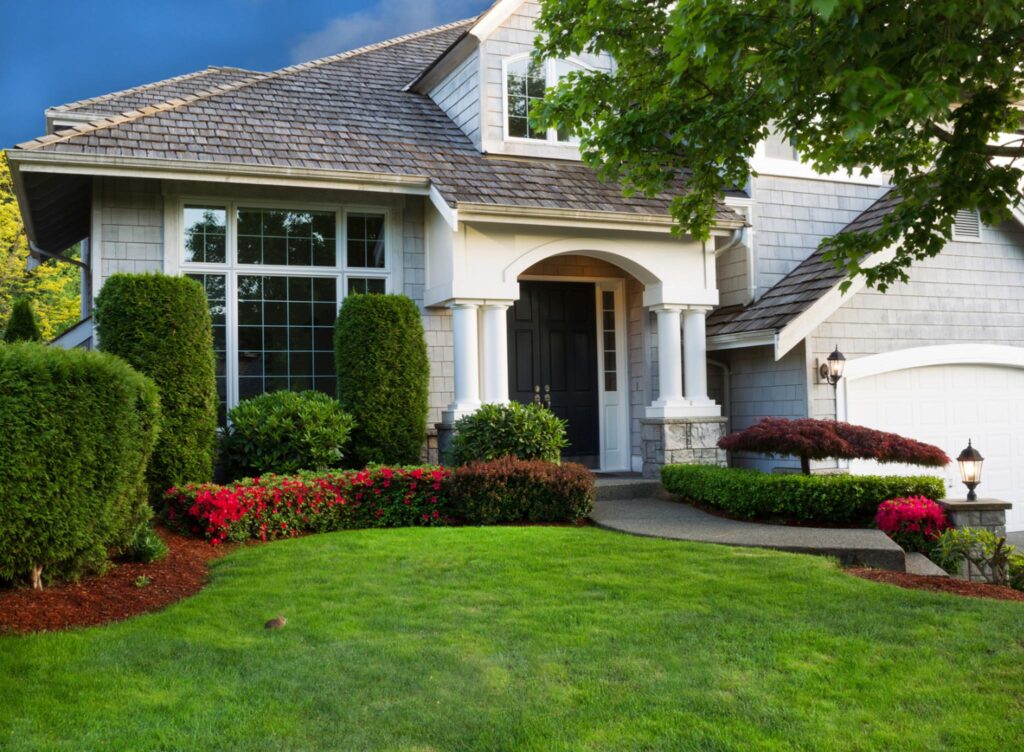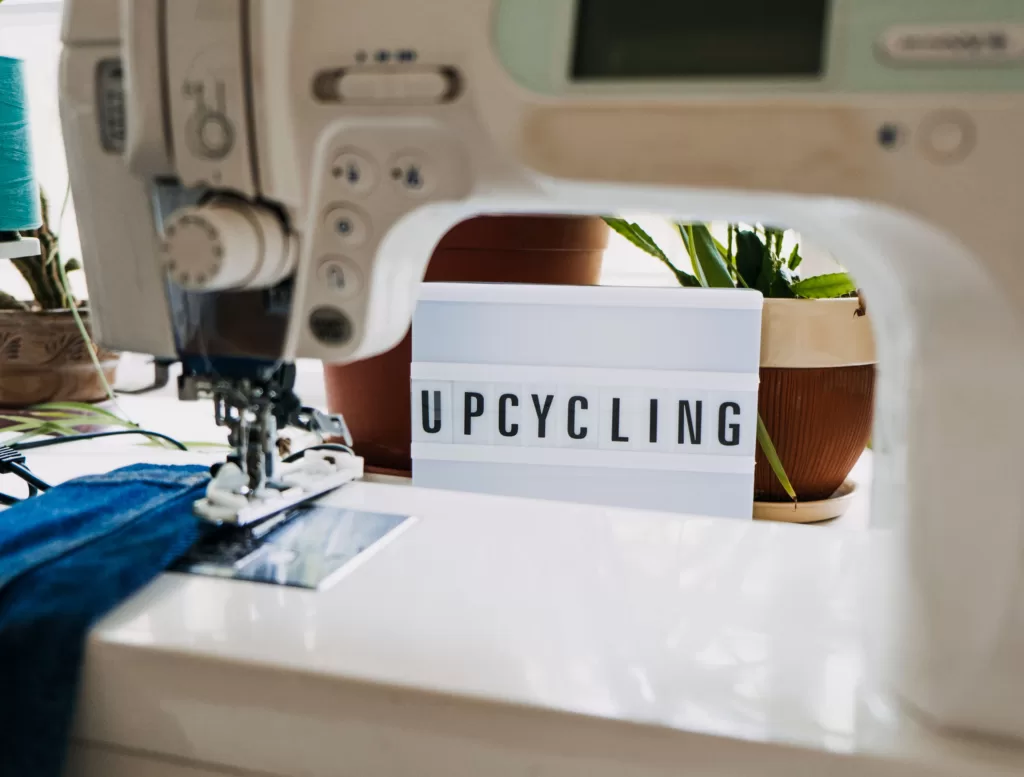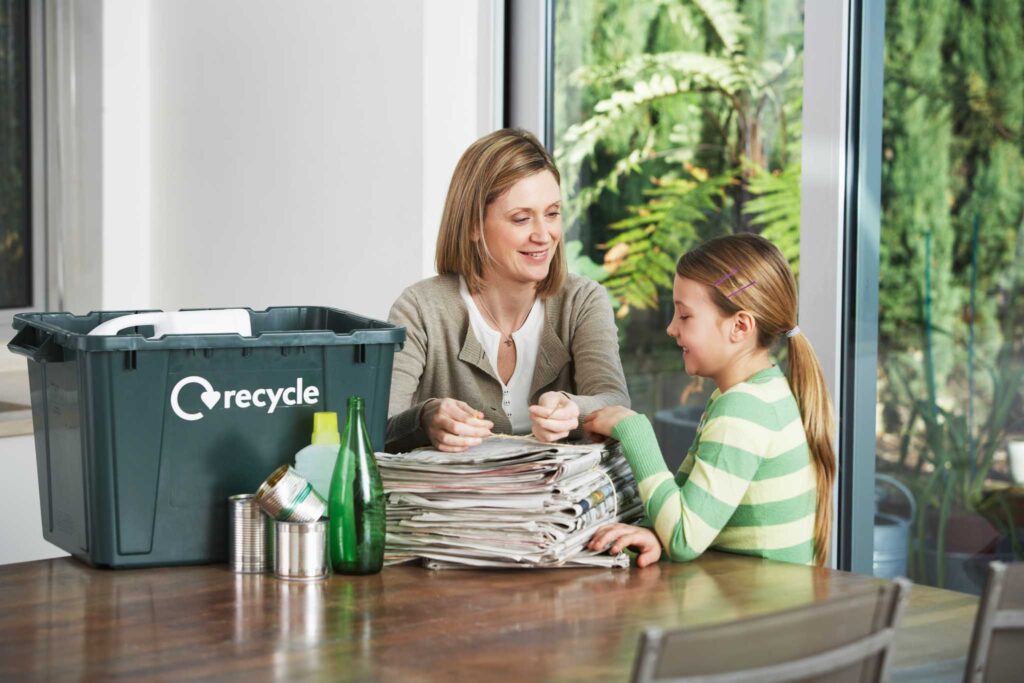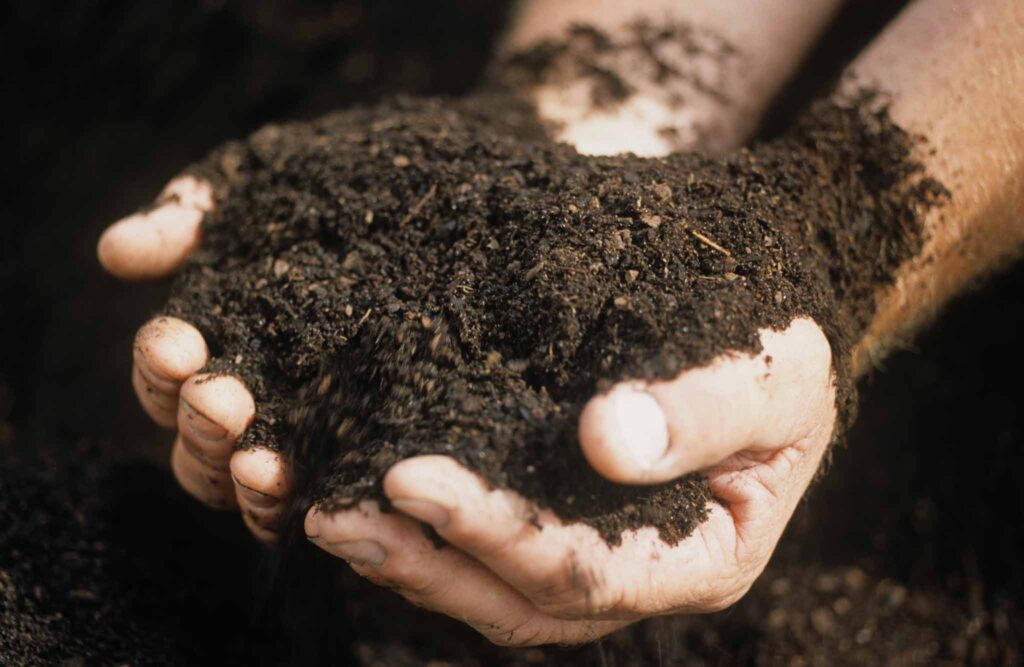Ultimate Guide: Sustainable Home
Estimated reading time: 15 minutes
If you’re here to learn how to make your home more sustainable and embrace eco-friendly living, you’ve come to the right place! We’ve curated easy-to implement changes that you can make for eco-conscious home improvements in every area of the house.
Wherever we call home is where we spend most of our time, so it’s no wonder that making even small changes can have some of the most significant impacts. Even if you’re a nomad like me, you can still lead a sustainable lifestyle.
The goal is to start with small, manageable changes and work your way up. You might even start thinking about becoming more sustainable as a challenge to conquer. If you’re like me, you love a good challenge. What feels better than setting your sights on a goal and then crushing it?
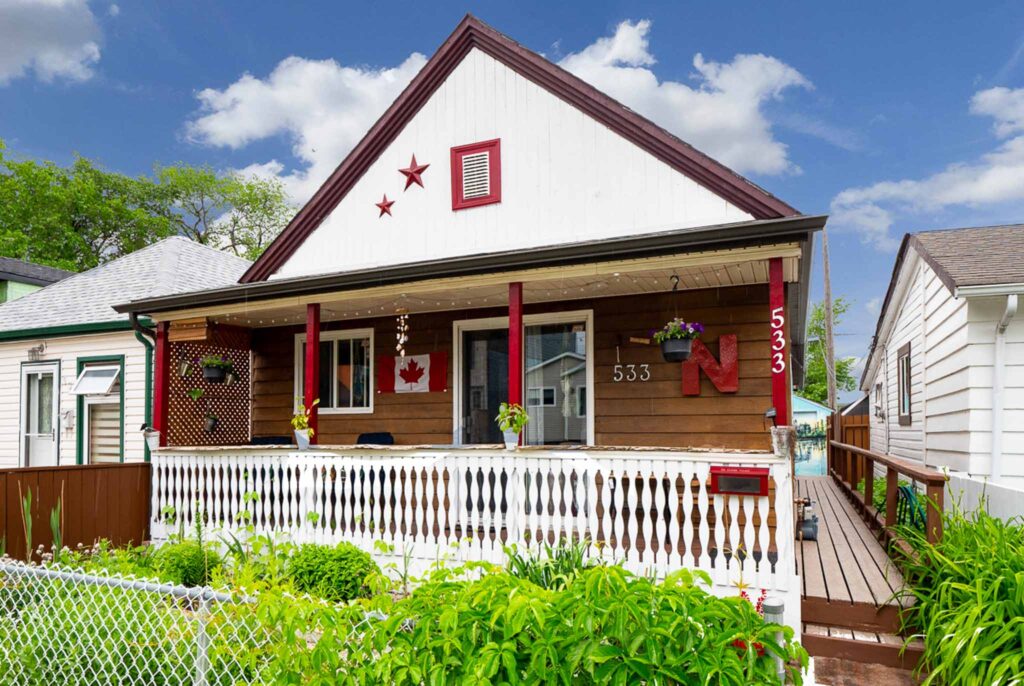
Jump ahead for tips in any area of the home!
Energy Conscious Sustainable Home – Create a sustainable home by focusing on energy reduction and efficiency.
Waste Reduction – From food waste to carbon emissions.
Water Conservation at Home – Using less water and natural cleaning products leads to more sustainable homes.
Furnishing Your Sustainable Home – Sustainable lifestyles can still be stylish!
Your Eco-Friendly Outdoor Space – You can make nature more natural.
In Your Sustainable Closet – You can be fashionable AND environmentally conscious!
Sustainable Play, Pets & Kids – From the kids’ and pet toys to yours.
Energy efficient Home
According to the folks over at energy.gov, 29% of the typical American’s energy bills come from heating. An additional 16% derives from hot water. Fortunately, there are ways to reduce our energy and water use. An added bonus is that this will save you money, helping you be sustainable on a budget!
Top Tips for energy efficiency and reducing your energy consumption:
Energy Savings
- Replace your light bulbs with LED lighting when it’s time.
- Save energy by turning off the lights when you don’t need them.
- Turn off and unplug appliances and electronics when not in use.
- Replace your large appliances with energy-efficient appliances.
- Learn to shop and organize for maximum efficiency so you don’t need that giant deep-freeze or second fridge.
- Hang your clothes to dry.
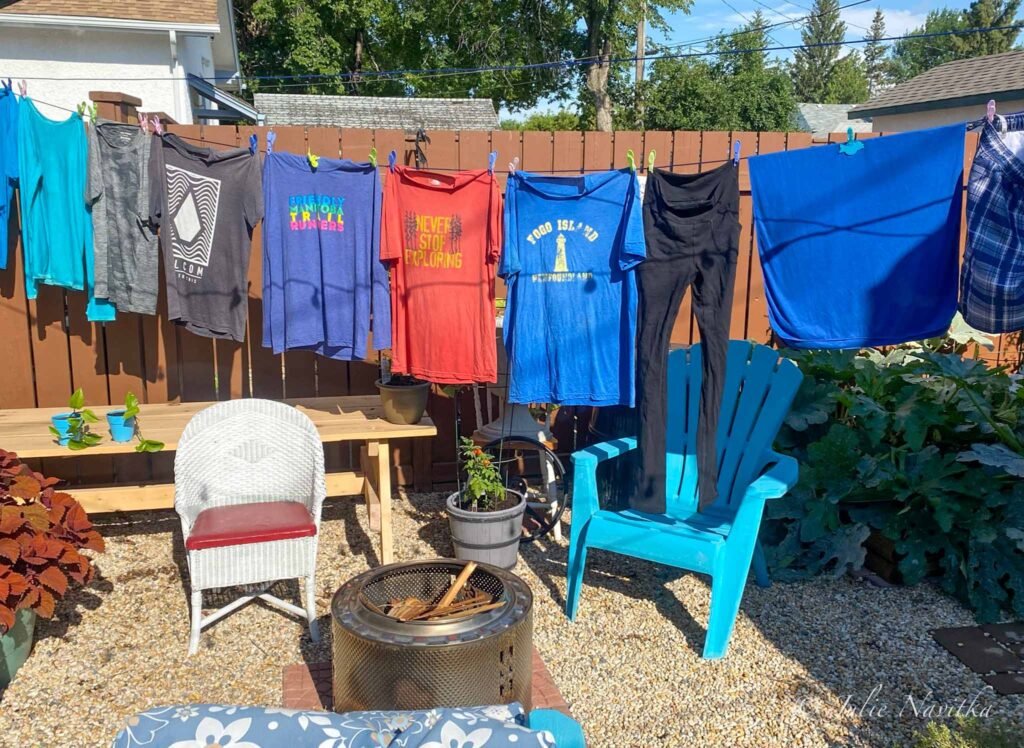
Heating and Cooling
- Turn your thermostat down at night and in the winter.
- Open the curtains to your south-facing windows in the winter to let the natural light and warmth in!
- Conversely, close those suckers up in the summer to keep the house cool.
- Avoid the air conditioning altogether and throw the windows open.
- Keep the thermostat a little warmer in the summer to reduce cooling costs.
- Install a smart thermostat.
- Choose energy-efficient products when you buy new heating equipment.
- Replace the filter in your furnace as recommended.
- Make sure vents aren’t blocked by furniture or other items.
- Block off vents and close doors for rooms that don’t need to be heated/cooled.
- Try turning the water off when lathering in the shower to avoid heating more water.
- Use cold water in the washing machine.
- Set your water heater’s temperature to 120℉/49℃ for maximum efficiency.
Take it Further: more challenging or costly options that make a HUGE difference when creating a sustainable house.
- Update to a more efficient, natural, and eco-friendly insulation.
- Install solar panels or another alternative renewable energy systems for maximum sustainability.
- Replace your windows and doors to minimize heat loss.
- Instal energy-efficiant appliances when it’s time for new ones.
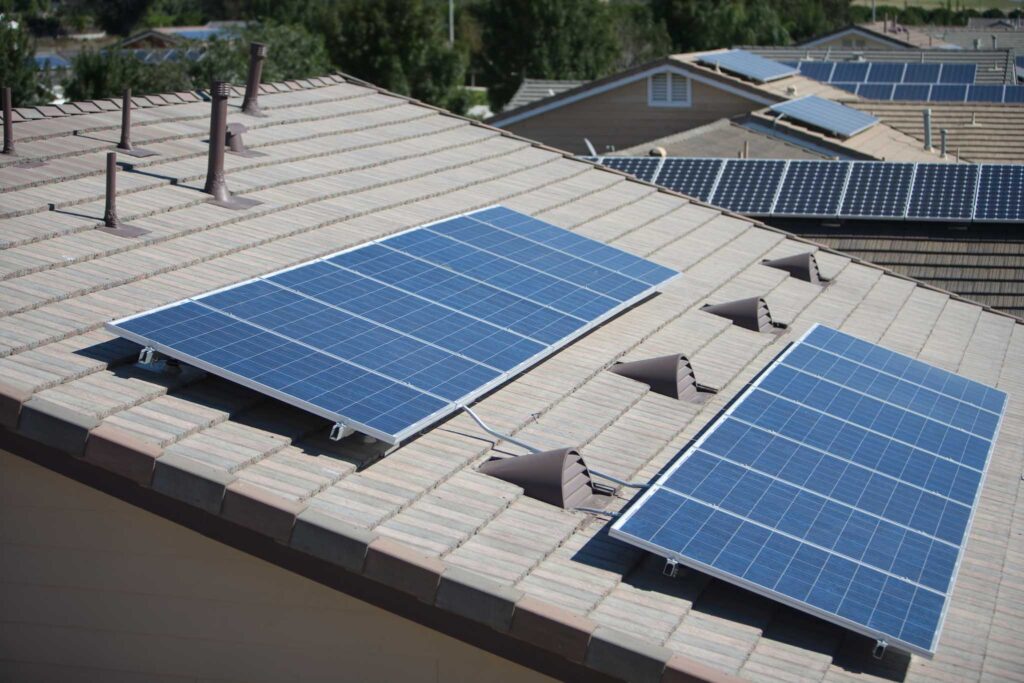
Many cities offer incentives for installing energy-saving features in your home. Do some research to find out if this is available where you live!
Recent posts for a sustainable home
Waste Reduction
Reducing our wastes means less area needed for landfills and less toxins leached into our groundwater and greenhouse gas emissions released into the air. You can create a much more sustainable home just by implementing some of these tips for reducing waste in your home.
Top Tips for reducing waste in your home:
Reduce Waste Created by Food
- Dine out or order in less often.
- Tea drinker? Switch to loose tea and use a tea ball or organic cotton reusable tea bags.
- Think about the hidden water use of foods before you buy.
- Reduce your meat consumption.
- Compost, compost, compost, even without a yard.
- Shop local and in season – less transportation means fewer emissions!
- Learn to love leftovers! Take them to work in a reusable container for lunch the next day.
- Learn your amounts – don’t over-buy at the grocery store or market so you don’t waste a drop.
- Take a routine inventory of your fridge and pantry to ensure you use food before it expires.

Packaging and Sustainable Solutions
- Re-use packaging or accompaniments when possible.
- Purchase items that come in sustainable packaging.
- Practice responsible recycling and waste management.
- Ditch the paper towels and napkins and use washable cloths instead.
- Do away with plastic garbage bags – if you’re composting, the messy stuff won’t go in the bin anyway.
- Invest in reusable containers, wraps and pouches to replace one-time-use plastic wraps and bags.
- Bring your own shopping bags and containers to the store.
- Buy second-hand dishes and cooking utensils, or find the most sustainable kitchenware brands.
- When something is beyond repair or cannot be used anymore, think about up-cycling it into a new creation!

Take it Further – some more significant steps you can take towards a more sustainable home.
- Learn how to lead a zero-waste lifestyle.
- Become a minimalist – when we buy only what we truly need, we naturally produce less waste.
Water Conservation
Freshwater is one of our planet’s most critical natural resources. Much of the water we use in our home needs to be heated. Unless you have a grey-water system, all the water that leaves your home must be treated. These both lead to more energy usage.
Water conservation in your sustainable home is also about preserving the health of our waterways. Putting chemicals down the drain does not lead to a sustainable future.
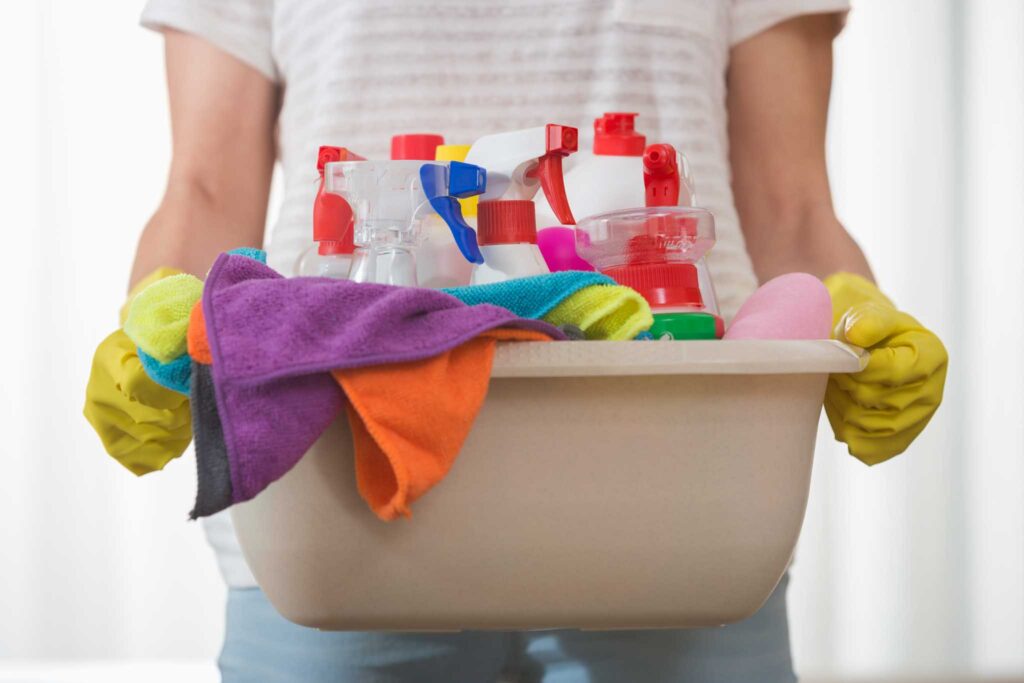
Top Tips for conserving water in your home:
- Get yourself a good reusable water bottle.
- Stop buying bottled water. Unless your tap water is genuinely unsafe to drink, I must insist on this one.
- Never leave a tap running when not directly in use.
- Use a catch basin when rinsing vegetables, pasta, etc., and use the water for your houseplants.
- After boiling eggs or vegetables, save the water to water your garden or houseplants.
- Invest in a shower timer, or use your cell phone to help shorten your showers.
- Use a clean bucket to catch the water while the shower heats up – that is pure, clean, *drinkable water! *may depend on your water heating system.
- Install low-flow faucets and shower heads.
- Install a bidet attachment on your toilet(s). Don’t believe this will save water? Read our article that will tell you how here.
- Choose eco-friendly cleaning and beauty products.
- Protect our waterways by going plastic-free in your beauty routine.
- Dispose of old medication and beauty and personal care products properly.
- Learn how to make some DIY products that you don’t have to feel bad about going down the drain.
- Install an energy and water-efficient dishwasher.
- Be conscious about how many dishes you are using.
- Use the same drinking glass all day. Heck, use the same plate too.
- Only run the dishwasher when it is full.
- Put your clothes away properly – they are less likely to end up in the wash unnecessarily.
- Choose the appropriate water level when washing clothes.
- Choose eco-friendly fabric softeners and all-natural laundry sheets over bulky jugs of detergent filled with chemicals.
- Install low-flow toilets, or DIY retrofit your current ones.
- Learn about hidden water use to make more water-smart choices about the products you buy.
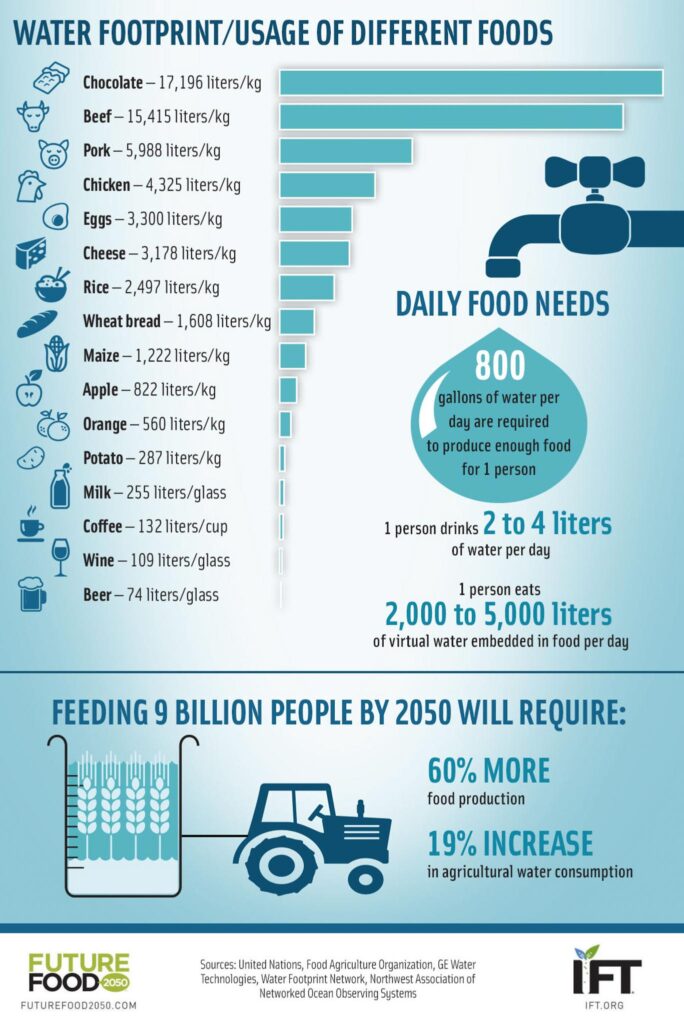
Take it Further – a few more methods for those a little bit more “hard-core.”
- If it’s yellow, let it mellow. If it’s brown, flush it down.
- Try a submarine shower – turn the water off when lathering and back on to rinse.
- Re-evaluate how many times you can wear your clothes before washing them. I sometimes wear the same socks for five different runs or hikes. I mean, they’re just going to get sweaty again anyway.
Furnishing Your Sustainable Home
You can still create a beautiful, unique, and comfortable space and be sustainable simultaneously! Follow these tips for eco-friendly, green home design.
Top Tips to consider when furnishing and decorating your home:
- Buy your sustainable furniture second-hand at a thrift shop or antique store.
- Find incredible second-hand materials at the thrift store to recover seats or make funky curtains.
- Choose sustainable fabrics – natural, renewable and non-toxic. Especially in your sustainable bedroom!
- Spend a Saturday garage sale hunting to find unique and sustainable home decor items.
- If you must buy new, research the furniture companies you like before heading to the store. The Sustainable Furnishings Council ranks many on its website.
- If buying new, consider buying something made nearby with locally-sourced and sustainable building materials.
- When renovating, choose sustainable flooring and materials for your building requirements.
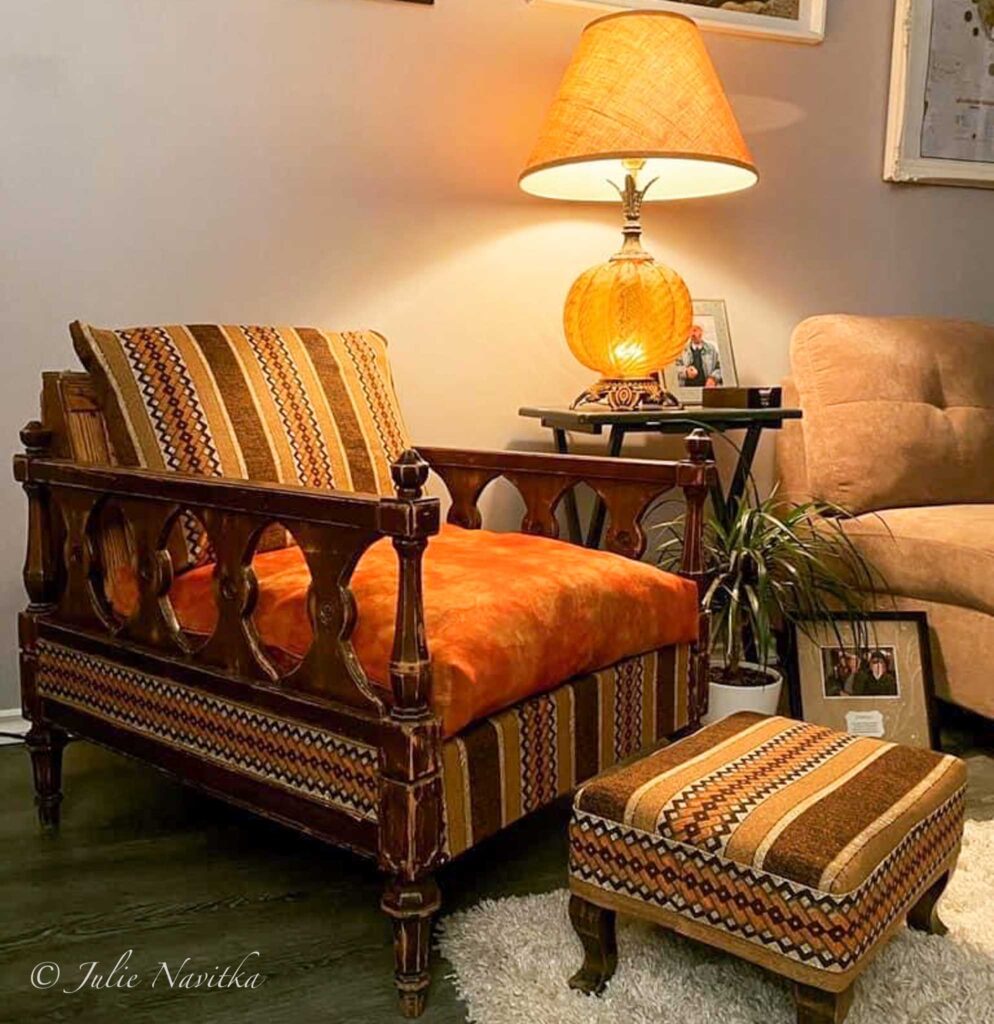
Take it Further – get your DIY on with these steps for a more sustainable home.
- Practice the “refinish or refurbish” of the 10 Rs of sustainability and give some furniture a second life to match your style. Or, hire a local craftsperson to do it for you!
- Make some effortless envelope-style throw pillow covers from old t-shirts or memorable clothing you no longer wear.
Your Eco-Friendly Outdoor Space
Funny as it seems, the one “natural” space in your home may be the least sustainable.
Top Tips to breathe some fresh air into your yard:
- Start rainwater harvesting and get a rain barrel to water your gardens. Get two if needed. Please.
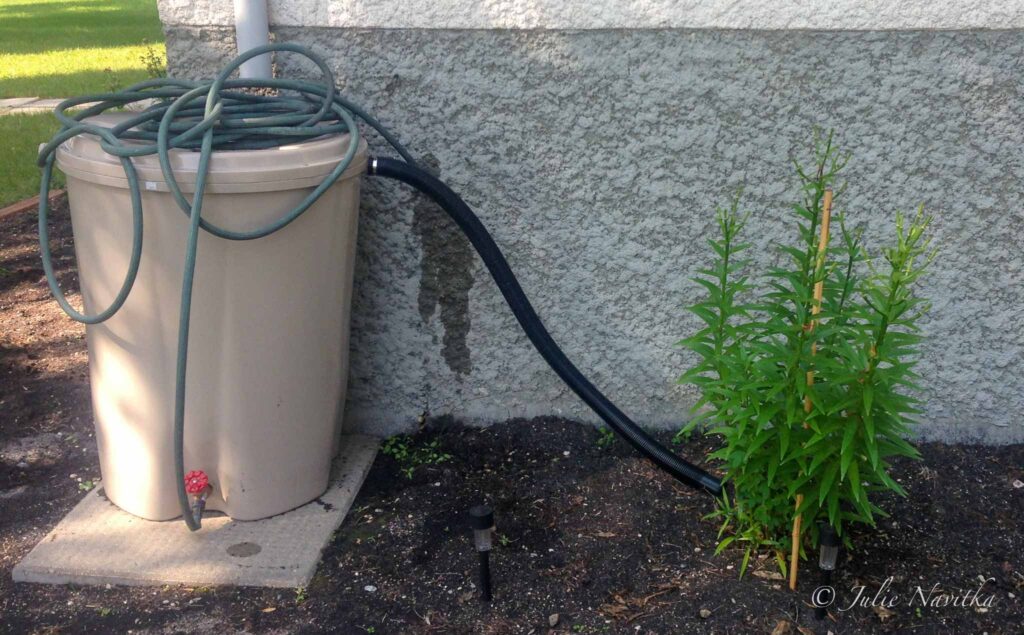
- Embrace sustainable landscaping and replace some of your grass with stone, patio block, sand, or native ground cover for your climate.
- Plant a vegetable garden. No yard? No problem! There are veggies and herbs you can grow on your balcony or even a well-lit windowsill.
- Learn to make preserves, so your harvest doesn’t go to waste.
- Learn which flowering plants are native to your climate zone and plant those too! If you grow it, the pollinators will come!
- Avoid the use of chemicals in your yard at all costs.
- Make and hang a butterfly house as a fun eco-friendly activity with your kids.
- If you insist on grass, get yourself an electric mower. Or better yet, a manual reel one.
- Make your space fun or comfortable to encourage more time outside for everyone.
- Choose eco-friendly products when painting or staining.
- Consider installing composite decking rather than traditional wood for sustainability.
- Care for your outdoor furniture, so it lasts.
- Choose energy-efficient lighting for your outdoor space. Make sure it’s turned off when not in use.
- Install a clothesline and let your laundry dry in the sun and fresh air!
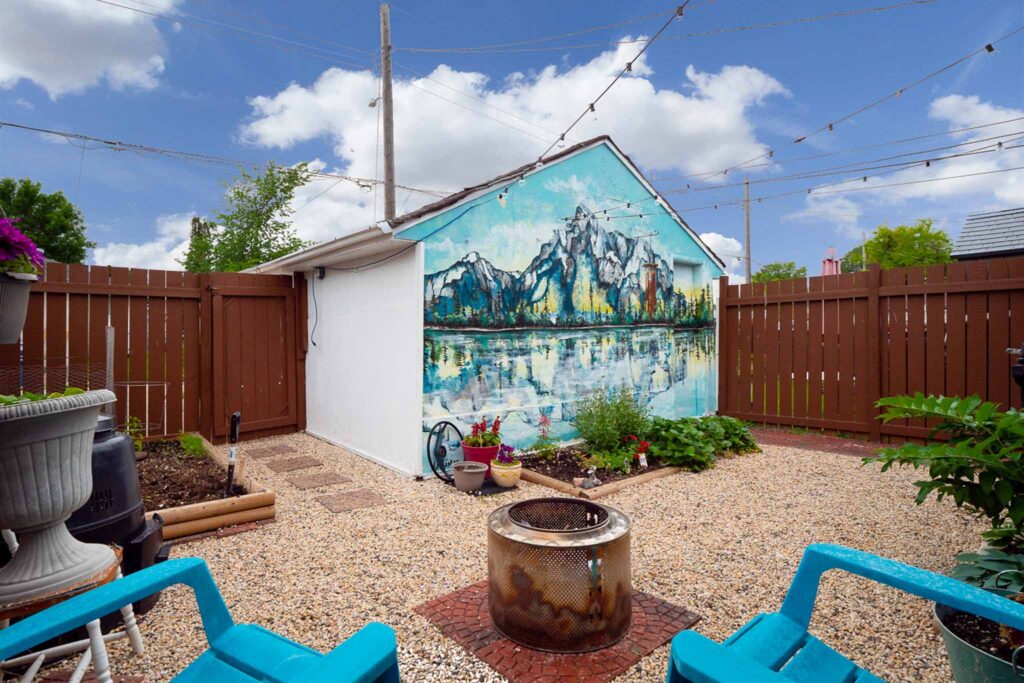
Take it Further – take the leap; you can do it!
- Get rid of your grass entirely. Many alternatives are far more sustainable.
In Your Sustainable Closet
With the advent of social media, it’s difficult not to pay attention to the latest fashion trends. There are so many online platforms to buy cheap, fast-fashion fulfilling items; I’m sure most of us have caved at least once. Being sustainable in our clothing choices doesn’t have to be so hard.
Top Tips that won’t leave you as a guest star on “What Not to Wear”:
- Buy second-hand clothing at the thrift or vintage store – I bet there’s one near you!
- Host a clothes swap with some friends every once in a while.
- Source out the most sustainable clothing brands for work, school, or play.
- Re-assess how many pairs of shoes you really need.
- When you need to buy new, spend the money on high-quality, sustainable shoes and outdoor gear so it lasts longer.
- Have a friend the same size? Borrow each other’s outfits from time to time to shake up your wardrobe.
- Need a specific outfit for an occasion or event? Consider renting a dress, costume, or suit rather than buying one.
- Choose versatile items you can wear in many scenarios in various ways.
- Look into how ethically made the clothing is that you’d like to purchase.
- Buy clothing that is manufactured in your city or country to avoid emissions due to transportation.
- Take care of your clothing so it lasts the test of time.
- Learn to repair clothing or find a tailor in your neighborhood.
- Learn about sustainability certifications you can look for on a brand or product.
Take it Further – for those that are true slow fashion warriors.
- Become a minimalist – learn to declutter your closet and only buy what you truly need.
- Dare not to care what is “on trend” and resist the urge to be fashion-forward.
- Learn to make your own clothing using second-hand or sustainable fabrics.
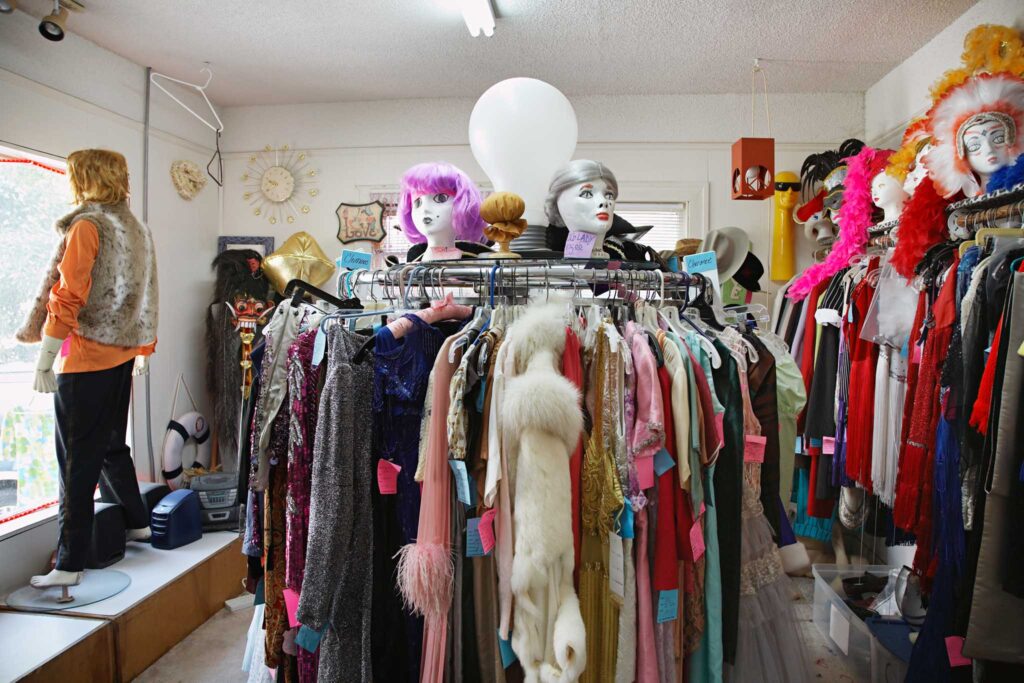
Sustainable Play, Pets, & Kids
Let’s face it, gadgets are fun and entertaining. But with each one coming out with a new version at least every year, we may not be making the most sustainable choices. According to the American Enterprise Institute, the average American home had 2.93 TVs in 2010, and Statista shows an average of more than ten screens per home in 2020. This doesn’t sound like a very sustainable home to me.
Recreating sustainably doesn’t have to be complicated. Research shows that spending more time outdoors vastly benefits our mental health. And while you’re playing outside, make time to teach your kids about why sustainability matters!
Top Tips for more sustainable play at home:
Gadgets and Toys
- Resist the urge to update your devices simply because there is a new version.
- Use an eco-friendly search engine, like Ecosia or Ocean Hero.
- Recycle your old devices properly.
- Consider buying a refurbished product rather than new when it comes to electronics.
- Research sustainable brands for electronics accessories.
- Invest in some rechargeable batteries for your remotes and other toys.
- Get yourself a solar phone charger.
- Borrow and lend things like tents, PFDs, and other outdoor necessities with your family, friends, or neighbors.
- Really think about how many toys the kids (and you!) actually need. We Gen X and Yers survived our childhoods, didn’t we?
- Opt for sustainable kids’ toys made from eco-friendly materials.
- Buy toys and games second-hand.
- Share toys and games with your family and friends, or hand them over when you’ve grown tired of them.
- Look into some eco-friendly pet toys and accessories before purchasing.
- Check out the most sustainable pet foods on the market today.
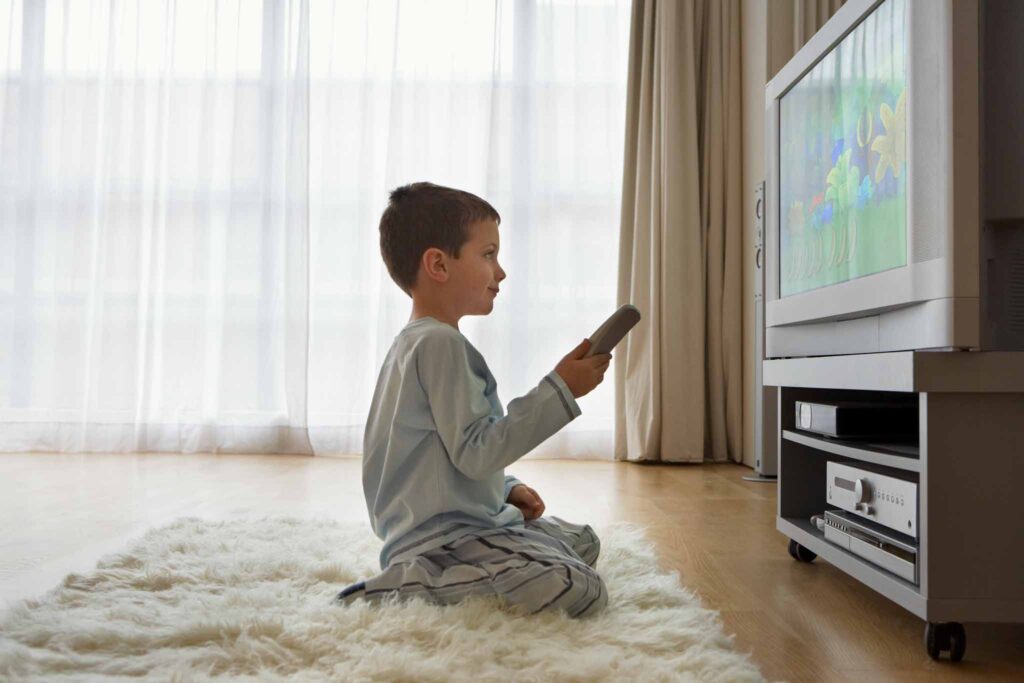
Playing Sustainably
- Research some sustainable outdoor gear brands before putting together your adventure kit.
- Take on an eco-friendly hobby, like up-cycling, running, or gardening.
- Read a book or do a craft rather than watch TV.
- Play a board game or go on a family hike, walk, or bike ride instead of burying your heads in devices.
- Picnic often? Get yourself some reusable dishes and cutlery rather than throw-away paper and plastic.
- Sun-seeker? Make sure your sunscreen is reef-safe and eco-friendly!

Take it Further – kids are the future, right?
- Don’t wait for them to go to school – teach your kids about sustainability with some fun eco-friendly activities.
What is the point of leading a sustainable lifestyle if we don’t pass it on? Educating our youth about the importance of sustainability keeps the whole thing going!
In Conclusion
As you can see, there are many ways to make your home more sustainable. Reducing energy consumption and increasing energy efficiency is the most significant step toward a sustainable house. However, small changes that take minimal effort add up as well. Whether you’re in it to reduce your energy bill or fight climate change, your actions count!
Remember that every journey starts with a single step, and the path to sustainability is no different.



